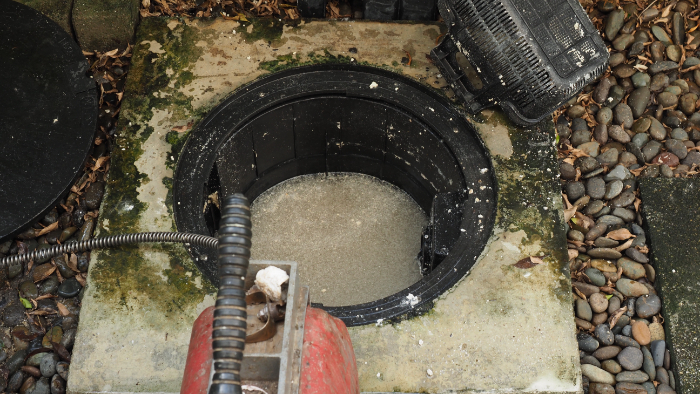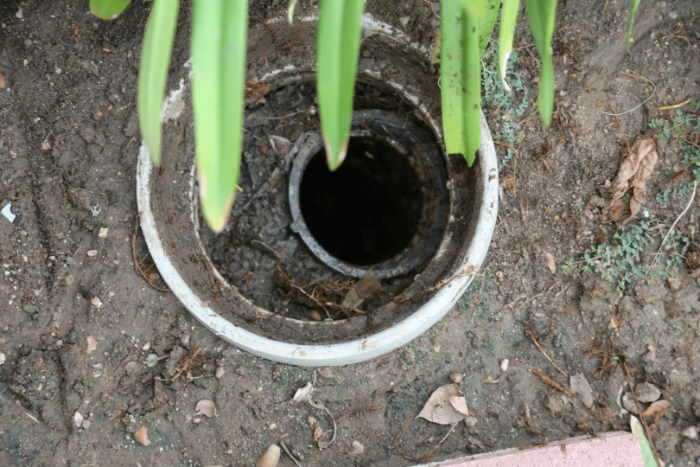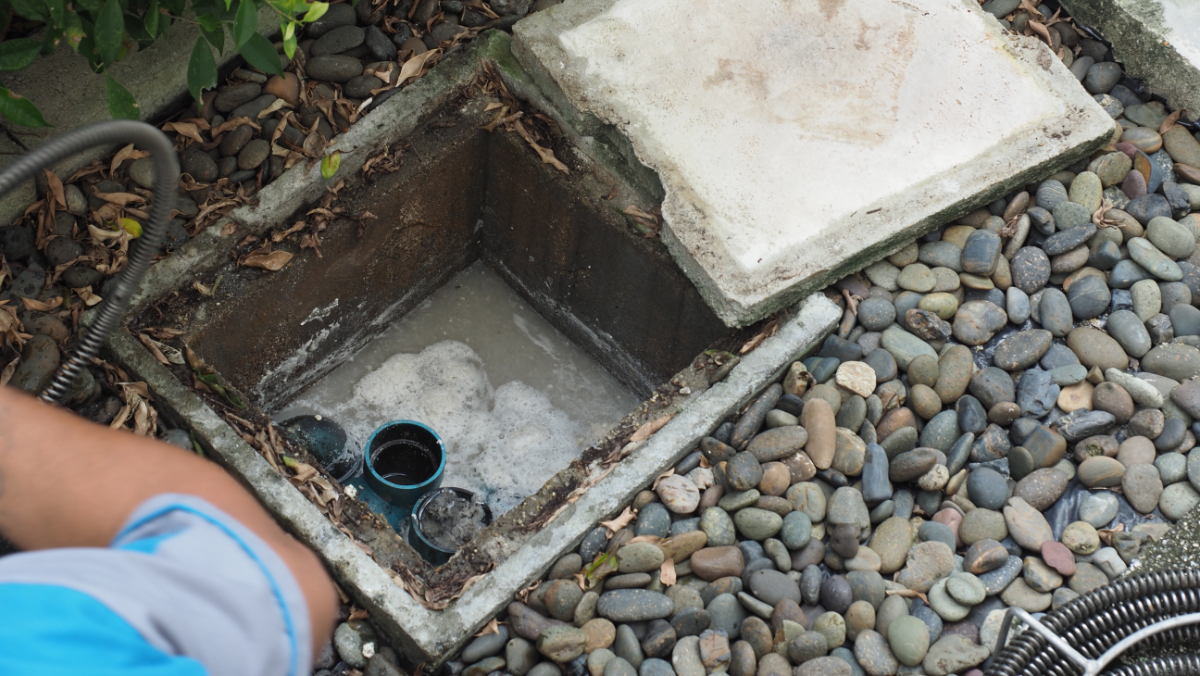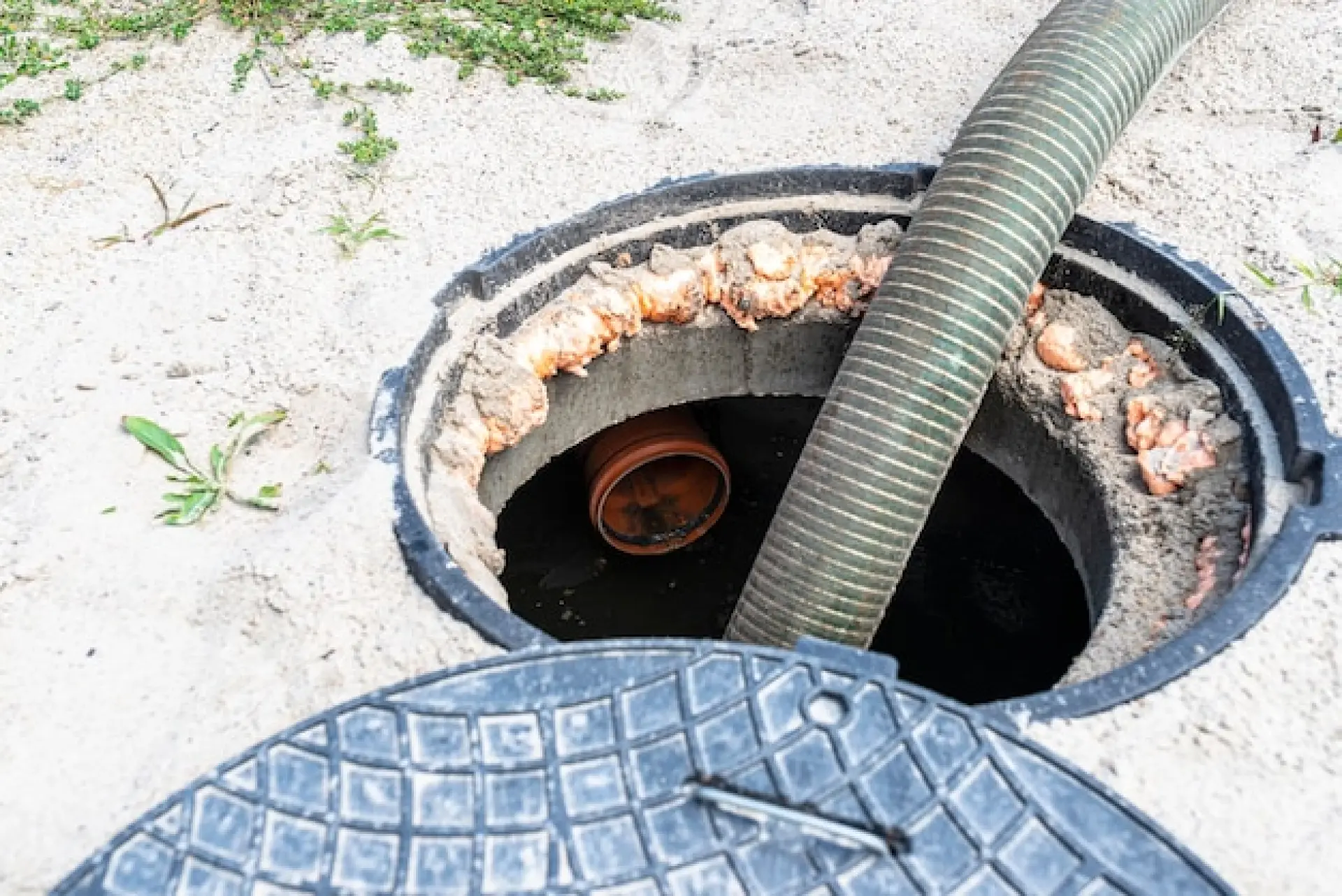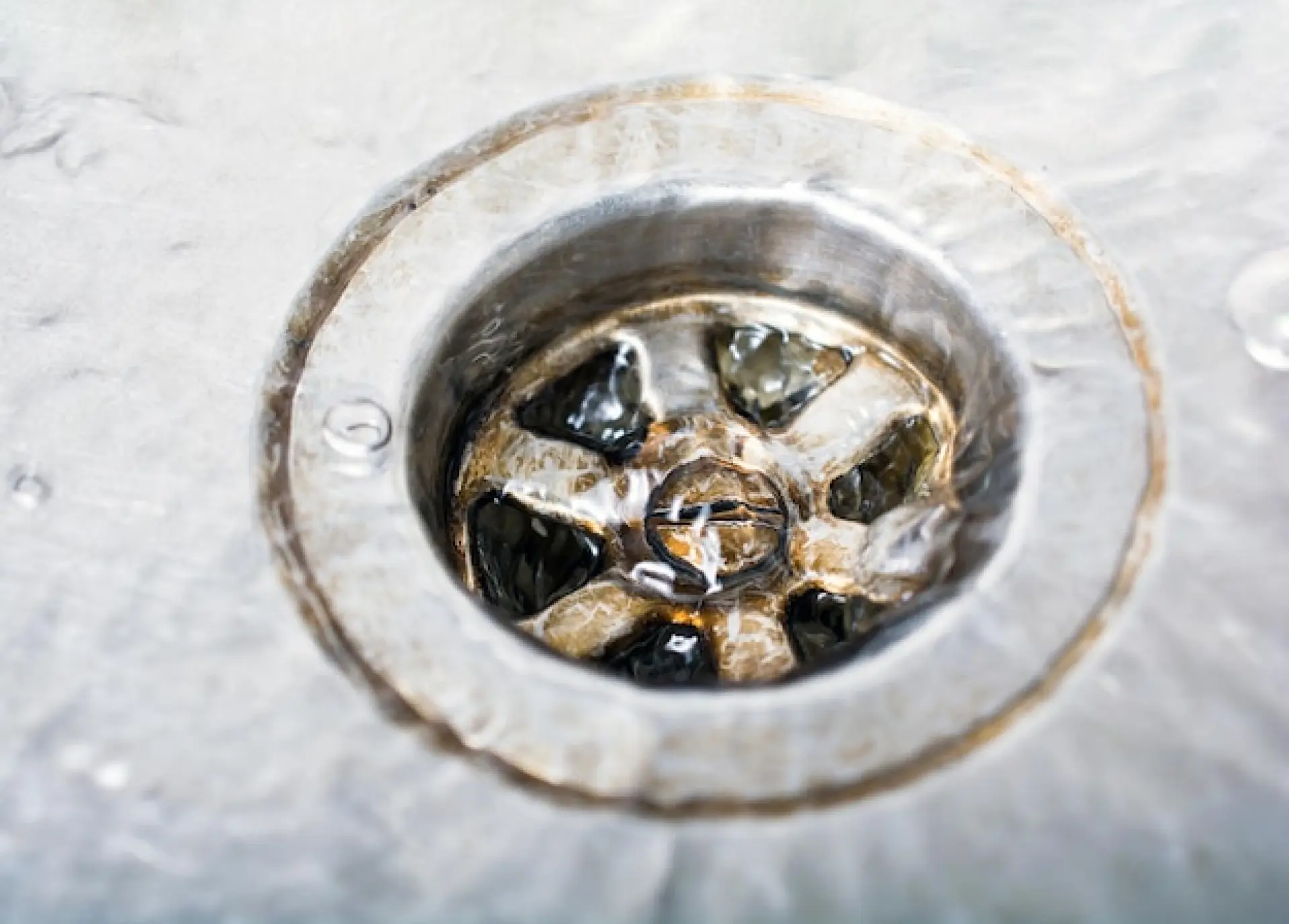Explore 'How Often Should You Get Your Drains Jet Cleaned': from domestic to commercial properties, we explain all the factors influencing drain maintenance.
Factors That Affect How Often You Need Drain Jetting
The frequency of drain jetting depends on several factors, including usage, the type of waste being disposed of, and the age of the drainage system. Households that regularly dispose of grease, food particles, or soap residue may need more frequent cleaning than those that are cautious about what goes down the drain. Older drainage systems with narrow or weakened pipes can be more prone to blockages, requiring jetting more often to maintain proper flow.
The surrounding environment also plays a role, as properties with trees nearby may experience root intrusion, leading to blockages. Regular maintenance helps prevent issues, ensuring water flows smoothly and reducing the risk of costly repairs due to build-up or obstructions.
Recommended Frequency for Domestic Properties
For most homes, drain jetting is recommended every 12 to 24 months as part of routine maintenance. This helps prevent the build-up of grease, soap scum, and debris that can lead to slow drainage or blockages. Households with large families or those using drains heavily, such as homes with frequent guests, may benefit from annual jetting to keep the system clear.
If a property has a history of blockages or drainage issues, scheduling jetting more frequently can help maintain an efficient flow. Preventative cleaning is always more cost-effective than dealing with severe blockages, which may require urgent repairs. Regular jetting also helps extend the lifespan of the drainage system, reducing the chances of expensive pipe damage over time.
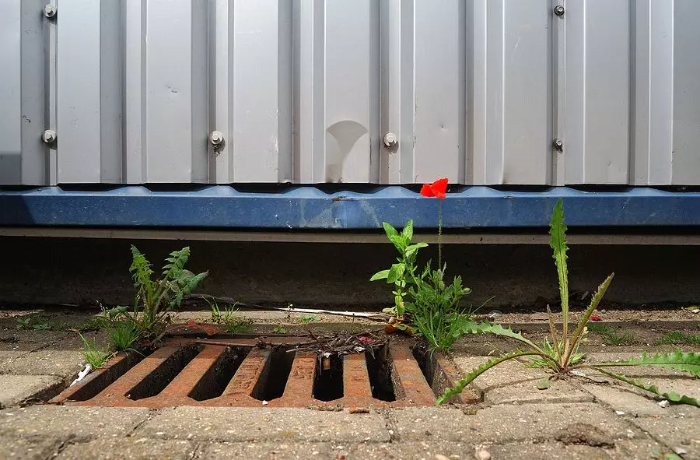
It is also worth considering the specific areas of a home where drainage issues are more likely to occur. Kitchen sinks often experience grease build-up from washing up, even when a sink strainer is used.
Bathrooms can be affected by soap scum and hair accumulating in pipes, leading to slow drainage and unpleasant odours.
Outdoor drains are particularly vulnerable to seasonal issues such as leaf blockages in autumn or frozen pipes in winter, both of which can cause significant problems.
Homeowners with septic tanks or private drainage systems may also need to schedule jetting more frequently to prevent overflows and ensure efficient waste disposal.
Being proactive with regular jetting can prevent minor blockages from turning into major drainage issues that are costly and disruptive to fix.
How Often Should Commercial Properties Have Drain Jetting?
Commercial properties typically require more frequent drain jetting due to heavier usage. Restaurants, cafés, and food service businesses should have their drains jetted every three to six months to prevent grease and food waste build-up. Hotels, office buildings, and public facilities may need jetting every six to twelve months, depending on the volume of use.
Industrial sites or businesses handling chemicals and large wastewater volumes may require even more frequent maintenance to ensure drains remain clear. Failing to schedule regular jetting can lead to major disruptions, foul odours, and costly emergency callouts. Routine maintenance ensures compliance with hygiene regulations and helps businesses avoid unexpected drainage issues that could impact daily operations.
Signs That Your Drains Need Jetting Sooner
If water is draining slowly, it may indicate a partial blockage that requires jetting before it worsens. Unpleasant odours coming from sinks or drains suggest a build-up of debris, grease, or trapped food particles. Gurgling noises from pipes often indicate air pockets caused by obstructions, meaning a blockage could be forming.
Overflowing drains or water pooling around outdoor gullies are clear signs that immediate jetting is needed to prevent further issues. If multiple drains in a property are experiencing slow drainage, there could be a deeper blockage in the main system. Acting quickly when these signs appear can prevent more serious problems, such as burst pipes or complete drain failures, which can be costly to fix.
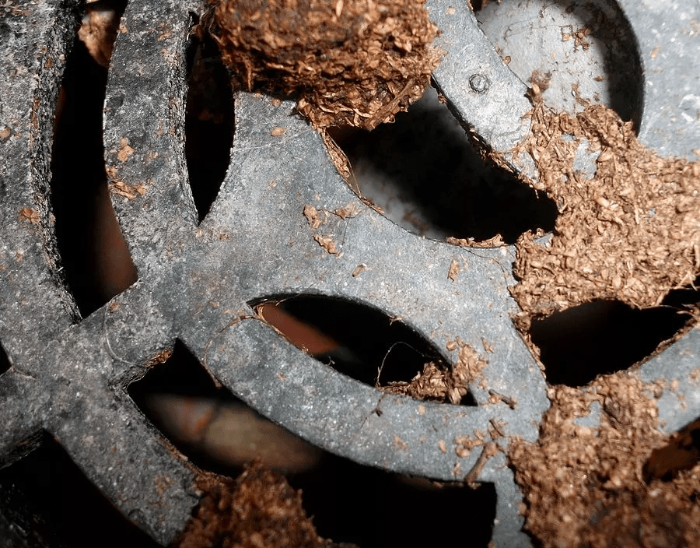
Ignoring early signs of drainage issues can lead to more severe consequences, such as sewage backing up into sinks, toilets, or bathtubs.
This is not only unpleasant but can pose serious health risks due to bacteria and contaminants in wastewater. In properties with underground drainage systems, hidden blockages can cause pipes to crack or collapse under pressure, leading to expensive repairs or full pipe replacements.
If your property is prone to drainage problems, investing in routine jetting can prevent these issues from occurring.
Additionally, bad smells coming from drains can affect indoor air quality, making the living environment uncomfortable. Recognising these warning signs and acting quickly can save homeowners and businesses from major disruptions and costly emergency callouts.
The Impact of Heavy Usage on Drain Cleaning Needs
The more a drainage system is used, the greater the risk of blockages forming. Households with multiple occupants, frequent guests, or those using grease-heavy cooking methods may need drain jetting more often. In commercial settings, high-traffic businesses such as hotels, shopping centres, and restaurants experience constant drain usage, increasing the likelihood of build-ups.
Industrial sites dealing with heavy waste disposal require strict maintenance schedules to prevent blockages that could halt operations. Even outdoor drains in car parks or high-footfall areas can become clogged with leaves, dirt, and debris, requiring regular cleaning. Properties with consistent heavy usage benefit from proactive jetting schedules to keep drains functioning efficiently and avoid costly emergency repairs.
We offer comprehensive drain unblocking, cleaning and drain jetting services across Bury, Whitefield, Prestwich, and greater Manchester. We provide swift and effective solutions for both residential and commercial properties.
